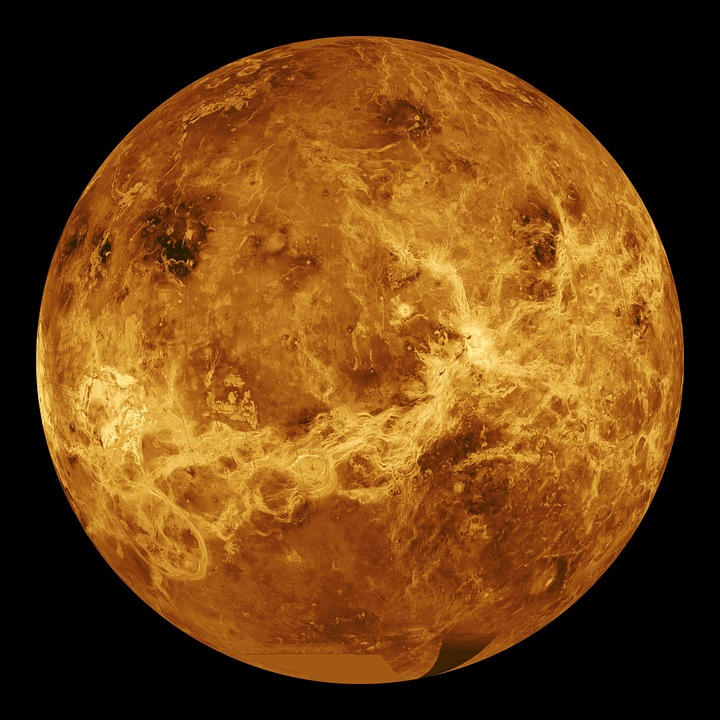With a radius of 3,760 miles, Venus is roughly the same size as earth, but as per the scientists, this planet may reveal some facts about the blue planet. Venus, which is relatively closer to earth has a heat-trapping atmosphere which includes 97 percent of CO2 and 900-degree average surface temperature. As per the researchers, it may provide an opportunity to learn more about the earth's formation.
However, the NASA scientists claimed that Venus, the second planet from the Sun and earth's closest planetary neighbour, was probably the first planet in the solar system to have certain conditions which allow the formation of life.
Venus can show us the future

Sue Smerkar, scientists at the Jet Propulsion Laboratory in California stated that if the researchers came to know how Venus got its current state, it would be easier for the scientists to understand what will happen to earth in future by reviewing its present status.
As per the scientist, if the researchers study the current scenario of Venus and understand what is going on the planet, then they would figure out what was earth's early process of taking the present shape. The CO2, available in Venus, is also present in the earth but not in that intensity. Studying the CO2 status would tell the researchers how to prevent the earth's greenhouse gas to reach a dangerous level.
Early studies focusing on Venus
During the Cold War, almost three months after President John F Kennedy spoke about US space mission, the US space agency NASA completed its first flyby of the planet. But since it was a time of space war, the Soviet Union raised the bar after they landed a probe on Venus, which made them the first country to land successfully on a different planet.
However, now as per the CBS News, director of the Southern California lab, Mike Watkins who will be heading a team responsible for tracking the planetary rover for Mars said along with the Red Planet, Venus and Earth, all these three planets are almost identical that were, "kind of in similar locations."
Watkins said, "They probably started off similarly. And they went in completely different directions. Mars turned into a desert with a very thin atmosphere. Venus turned into an oven with a very thick atmosphere. And we turned out Goldilocks, just perfect."
In addition, he also stated that the researcher would like to understand "exactly" how it happened and what triggered the changes in Venus. While asking about the existence of life on the giant, Watkins said, "It's crazy to think that it's more in our reach now than it's ever been before."









